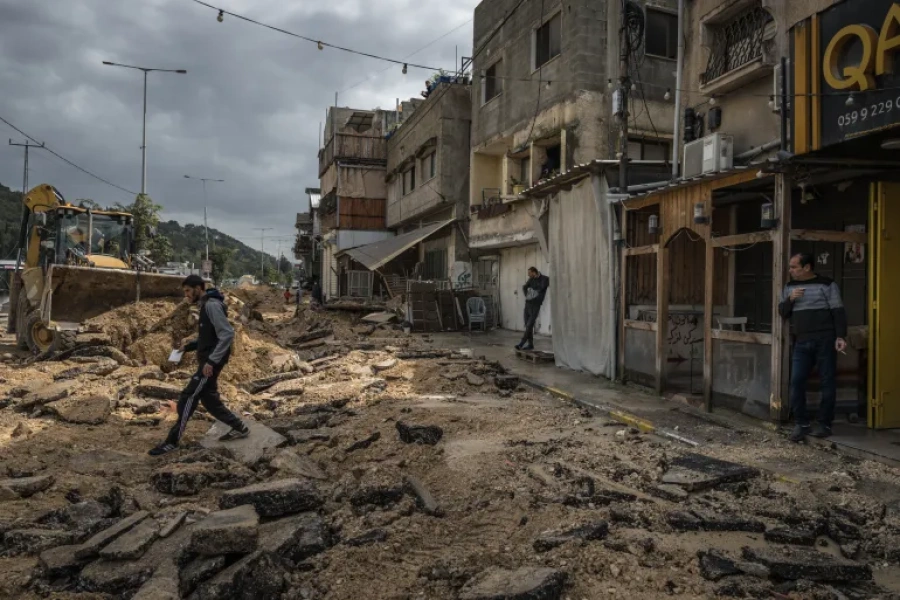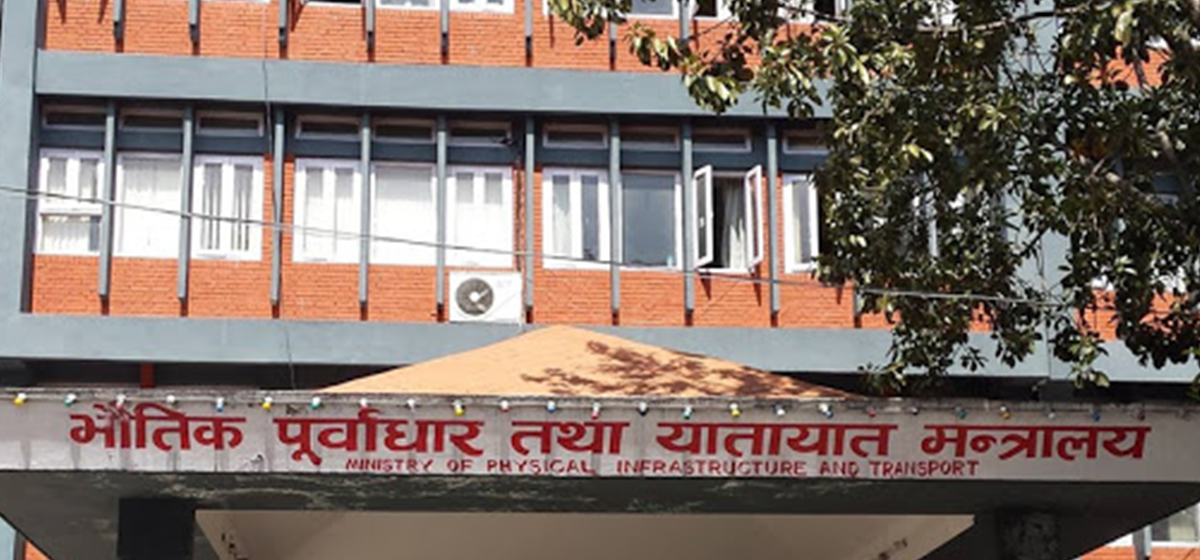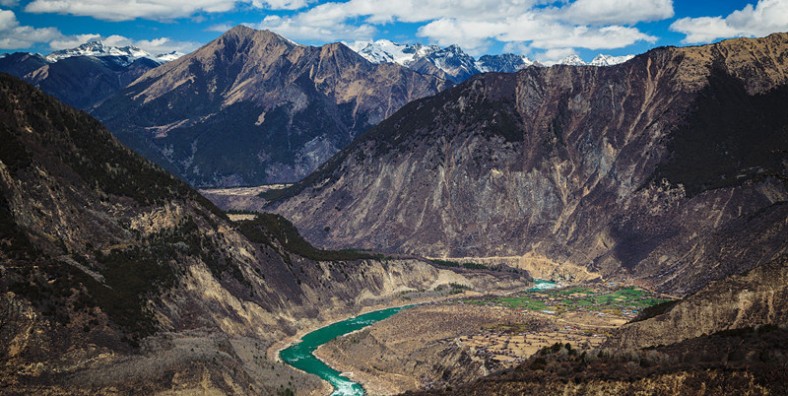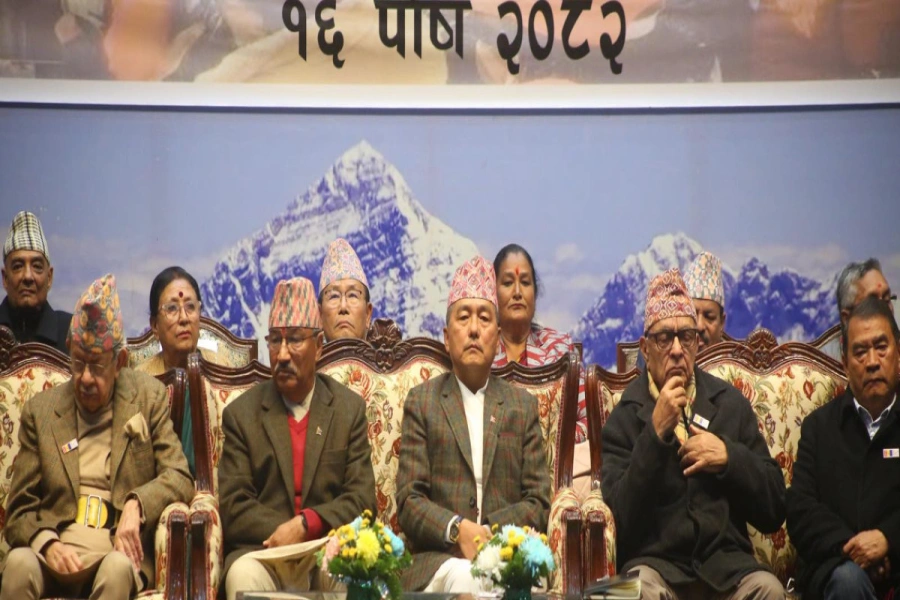While dam construction is gaining pace, Nepal does not have dam safety legislation and policies to enforce effective dam safety management program
Dams have been constructed and used around the world for over 2000 years to store water for a variety of needs—hydropower, domestic and agricultural water supply, flood control, recreation, tourism and industry. In addition to immense benefits, there are also risks associated with these structures, and should they ever fail, they can have a significant impact on safety of downstream stakeholders, environment and regional economies.
In mountainous regions like Nepal natural hazards such as earthquakes, heavy monsoons, landslides and debris floods are common and can add even greater risk to dams. Nepal’s Himalayas are young mountains which are dynamic and constantly moving. Multiple fault lines in the region regularly generate earthquakes. Large dams and new reservoirs can also trigger reservoir-induced seismicity, aggravating the situation. Geologists predict that large magnitude earthquakes are certain to occur in the future, and this will threaten existing infrastructure, trigger glacial lake outburst floods (GLOF), and create temporary landslide-induced dams on area rivers that will themselves fail, increasing the downstream risks further.
Dams and destructions
Following a massive landslide in 2014, a landslide-induced dam in Sindhupalchowk district blocked Sunkoshi River. This dam precariously held back a large volume of water, putting everything downstream at risk. Ongoing research indicates that effects of climate change are increasing potentials for GLOF to occur in the Himalayas. The steep topography and valley walls in Nepal can exacerbate river flows, increasing the severity of floods and the operational impact on dams. This renders downstream population and infrastructure more vulnerable.
Similarly, a flash flood along the Seti River in Kaski district resulted in deaths or disappearance of at least 72 people. Some of these recent events and the nation’s inadequate ability to effectively respond to them clearly indicate that the capacity to respond to major emergencies need to be improved. Implementing effective emergency management program can be one of the most effective methods of reducing and managing risks associated with existing dams and hydropower projects and those in planning and construction phases.
Home Ministry warns of releasing excess water from Kulekhani Da...

Upstream flooding is also a concern in Nepal’s lowland areas due to the location and poor operational practices utilized by existing dams. Submergence incidents have become common in Indo-Nepal borders where a large number of dams have been built by India without appropriate public consultation.
Today, in North America, all affected parties are proactively engaged to carefully review such potential risks before the project is approved to ensure the appropriate measures are put in place to minimize the risks and increase public safety. Nepal could learn from such practices.
It is obvious that Nepal’s economic development heavily relies on development of hydropower projects. The power demand in Nepal is expected to increase by over 1 GW within the next decade. The Government of Nepal has been planning to increase its hydropower generation capacity significantly to meet the nation’s long outstanding energy shortage and to support its long-term economic development plan. A large number of hydropower dams are going to be constructed in the near future. Some of these dams, such as Budhi Gandaki Hydropower Project in Gorkha, are be built in remote parts of Himalayan valleys, which are known to be the most active earthquake zones in the world. The project includes a 263 meter high dam located close to the epicenter of 2015 Nepal earthquake.
Nepal lacks dam safety regulation. While dam construction is increasing in Nepal, the country does not even have national or regional dam safety legislation or policies to enforce effective dam safety management program, including emergency management planning. Consequently, dam developers and owners have little incentive to allocate adequate budgets for regular surveillance and routine maintenance to reduce the risk of failure.
Despite continuous improvements in the dam safety industry, many dams have failed resulting in loss of lives and destruction of property. For example, in 2018, a hydroelectric dam system under construction in Laos collapsed, leading to widespread destruction. More than 39 people lost their lives and over 8,000 people were made homeless. Post event analysis indicates that a sound design and competent quality control system could have helped to prevent failure. Moreover, an effective emergency management plan could have reduced the loss of life significantly. In 2017, the multipurpose Oroville Dam Spillway incident, caused by record rainfall, triggered a mandatory evacuation of at least 188,000 people from several northern California cities and counties in the US. In Nepal, the 2015 earthquake left dozens of Hydropower dams including Upper Bhotekoshi, Sunkoshi, Kulekhani and Upper Trishuli in ruins. Hundreds of national and international workers were reported to be trapped within the construction site of Rashuagadi Hydropower Project during the earthquakes. About 115 MW of Nepal’s hydropower facilities were severely damaged.
Many other failure reports from around the world have shown that effects of inadequate maintenance and insufficient deficiency management on hydropower dams lead to partial or complete failure. The implementation of a dam safety program could reduce the risks to the public and the economy, and minimize the impact of emergency. The reports also stress the value of emergency management planning as one of the most cost effective tools to minimize the loss of life during a dam failure.
During major emergency, most emergency management resources are generally stretched. Authorities are often forced to allocate the available resources very thinly in disaster hit areas resulting in high hazard dams receiving little or no attention. Access for help and the ability to respond is difficult in remote areas. In such situations, local staff may need to manage any dam related disasters solely with the locally available resources. In that context, a well-planned, well-tested emergency management plan, and its execution by well-trained local staff, becomes extremely important to minimize the impacts.
Minimizing the impacts
It is imperative for Nepal to develop sound dam safety management and related public education and awareness programs to increase public safety and economic sustainability. The use of low-cost tools such as effective emergency preparedness and response is even more important for countries like Nepal where many large hydropower projects are being constructed. Projects are often deprived of the regular surveillance and routine maintenance budget. And as the country lacks the dam safety regulation, overall priority for emergency management for hydropower projects is relatively low.
There should be adequate public consultation during the phase of planning, site selection and design. We need to develop fair and sustainable operational strategies and enforce dam safety regulations, directives, policies and guidelines. We need to adopt relevant lessons learned from the available modern dam safety management from around the world. Collaboration with other government and regulatory agencies are vital to accelerate the learning.
Emergency responding agencies must be trained and educated to better respond to potential hazards. Introducing basic emergency management courses in high schools and universities could help to raise awareness. Formal training should be conducted for first responders, dam operations and management staffs and military personnel to increase emergency response capacity. Social media and wireless technology should be used to maximize alert, warning and other emergency communication to increase public safety. With this, Nepal will be better prepared to deal with potential emergencies.
Nepal Engineers’ Association and other professional organizations need to establish collaboration between Nepali engineering community and national and international dam safety industry and professional counterparts to enhance informed decision-making system, disaster risk management programs and establishing independent review boards for major hydropower projects.
As the country is set to develop many dams, Nepali engineering professionals, government agencies and industry veterans should demonstrate visionary leadership in establishing high standards for dam safety to ensure that these structures are appropriately managed in all phases.
Acharya, a dam expert, has been working for Government of Alberta, Canada. Sharma is a PhD scholar at University of Alberta, Canada




































